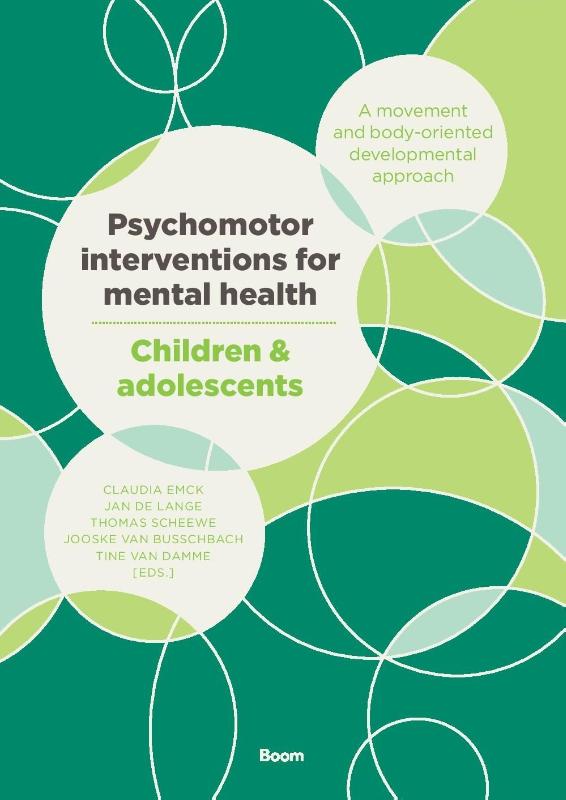Samenvatting
In dit tweede handboek, als aanvulling op het eerste boek over volwassenen, beschrijven vooraanstaande onderzoekers en clinici de state-of-the-art met betrekking tot psychomotorische interventies voor kinderen, adolescenten en personen met een verstandelijke beperking. Vanuit een transdiagnostisch, belichaamd ontwikkelingsperspectief worden de behandelingen van kinderen en adolescenten met psychische gezondheidsproblemen en/of neurologische ontwikkelingsproblemen besproken, evenals interventies voor personen met een verstandelijke beperking. De benadering komt voort uit de Nederlandse en Vlaamse traditie van psychomotorische therapie, maar weerspiegelt de groeiende interesse van professionals in de geestelijke gezondheidszorg voor bewegings- en lichaamsgerichte methoden als aanvulling op, of alternatief voor, primair verbale vormen van (psycho)therapie en farmacologische behandelingen. Bovendien omarmt het de recente inzichten over het belang van het bevorderen van een actieve levensstijl en het verhogen van fysieke activiteit bij personen met psychische problemen. Dit handboek biedt belangrijke en actuele informatie voor professionals in de geestelijke gezondheidszorg en onderzoekers die geïnteresseerd zijn in het gebruik van psychomotorische interventies binnen de ggz en actuele ontwikkelingen op het bredere gebied van bewegings- en lichaamsgerichte interventies. English description of Psychomotor interventions for mental health In this second handbook, as an addition to the first book focusing on adults, leading researchers and clinicians describe the state-of-the-art regarding psychomotor interventions for children, adolescents and individuals with intellectual disabilities. Starting from a transdiagnostic, embodied, developmental perspective, the treatments of children and adolescents with mental health and/or neurodevelopmental problems, as well as interventions for individuals with an intellectual disability are discussed. The outlined approach stems from the Dutch and Flemish tradition of psychomotor therapy, yet it reflects the growing interest of mental health professionals in movement- and body-oriented methods as complementary or alternative to primarily verbal forms of (psycho)therapy and pharmacological treatments. Moreover, it embraces the recent insights regarding the importance of promoting an active lifestyle and increasing physical activity in individuals with mental health problems. This handbook provides key and up-to-date information for mental health professionals and researchers who are interested in the use of psychomotor interventions within mental health care as well as current developments in the broader field of movement-and body-oriented interventions.




